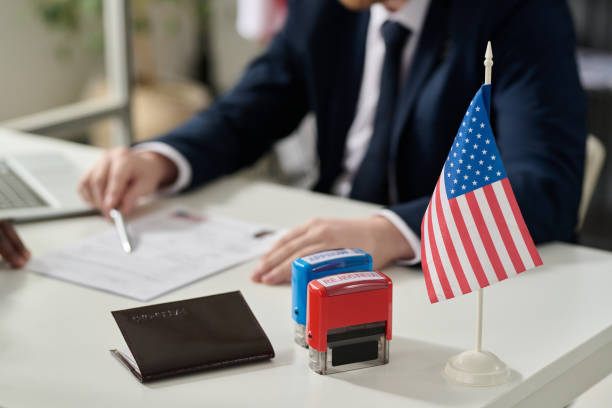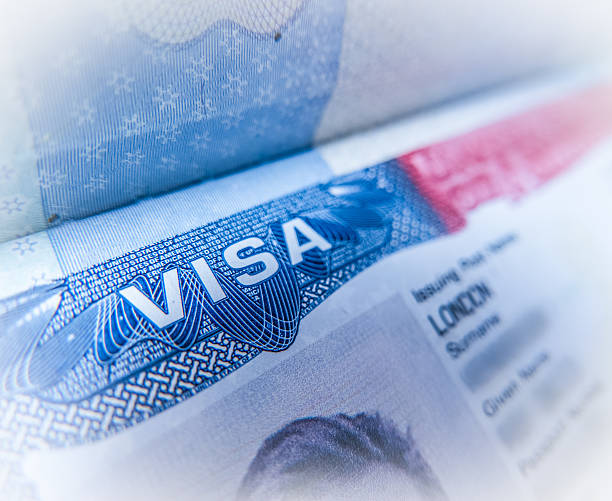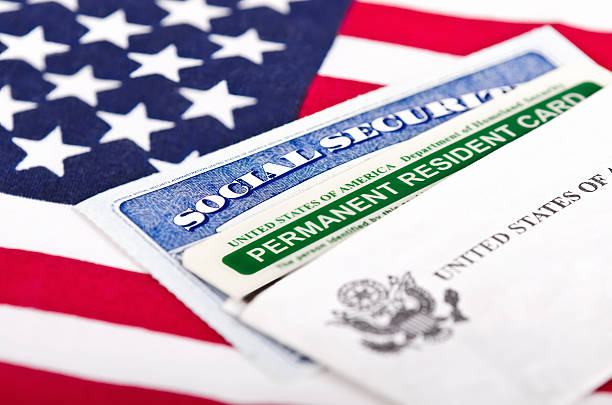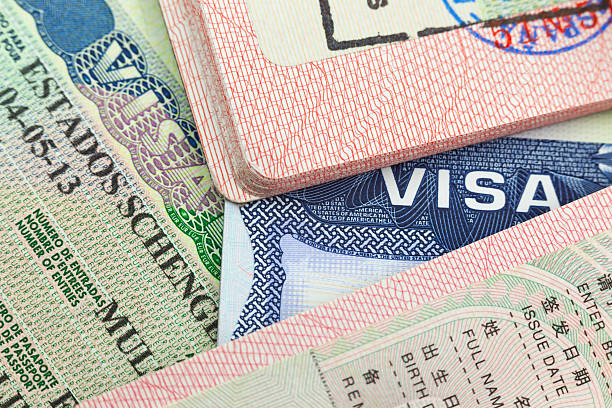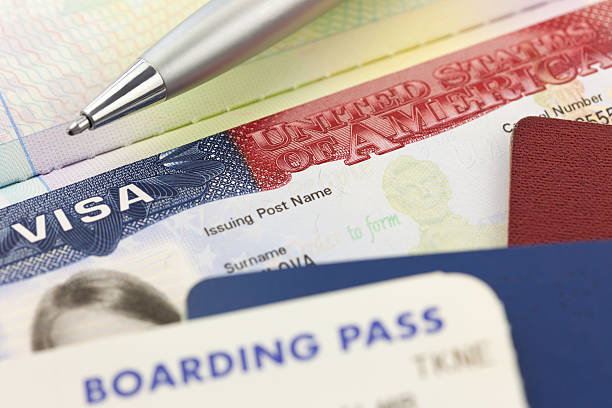
The Best Strategies for Navigating Bureaucratic Processes
The Best Strategies for Navigating Bureaucratic Processes
Navigating bureaucratic processes can be challenging and time-consuming, especially when dealing with immigration, government applications, or institutional procedures. Effective strategies can help you streamline these processes, minimize delays, and increase your chances of success. This guide offers practical strategies for navigating bureaucratic processes efficiently and effectively.
1. Understand the Process Thoroughly
Before diving into a bureaucratic process, it's crucial to have a clear understanding of the procedures and requirements.
1.1. Research Requirements
Start by researching all the requirements related to your process. This includes understanding eligibility criteria, necessary documentation, deadlines, and any specific procedures that need to be followed.
For comprehensive guides on various bureaucratic processes, visit GOV.UK or USA.gov.
1.2. Seek Official Sources
Obtain information from official sources to ensure accuracy and reliability. Official websites, government publications, and authorized representatives provide the most up-to-date and correct information.
2. Prepare and Organize Documentation
Proper preparation and organization of documentation are key to navigating bureaucratic processes smoothly.
2.1. Gather Required Documents
Collect all necessary documents and ensure they meet the specified requirements. This may include identification papers, application forms, proof of eligibility, and supporting documents.
2.2. Maintain Accurate Records
Keep accurate records of all documents and correspondence related to the process. This includes copies of forms, receipts, and any communication with authorities.
Learn more about document management at National Archives.
3. Follow Instructions Carefully
Adhering to instructions precisely can prevent errors and delays in bureaucratic processes.
3.1. Read Guidelines Thoroughly
Read all instructions and guidelines carefully before taking any action. Ensure that you follow the step-by-step instructions provided.
3.2. Complete Forms Accurately
Fill out forms accurately and completely. Double-check for any errors or omissions before submission to avoid complications.
For tips on form completion, visit Forms.gov.
4. Communicate Effectively
Effective communication can help resolve issues and expedite processes.
4.1. Contact the Right Authorities
Reach out to the appropriate authorities or departments for assistance. Ensure you contact the correct office or individual responsible for your process.
4.2. Be Clear and Concise
When communicating, be clear and concise. Provide all necessary information and avoid unnecessary details that might complicate your case.
For guidance on effective communication with authorities, visit Communication.gov.
5. Manage Your Time Effectively
Effective time management is crucial to avoid delays and ensure timely completion of bureaucratic processes.
5.1. Create a Timeline
Develop a timeline for each step of the process. Include deadlines for document submission, follow-up actions, and other key milestones.
5.2. Set Reminders
Set reminders for important dates and tasks. This helps ensure that you stay on track and complete all required actions on time.
For time management tips, visit Time Management.org.
6. Seek Professional Assistance
In some cases, seeking professional assistance can help navigate complex bureaucratic processes.
6.1. Consult Experts
Consider consulting experts such as immigration consultants, legal advisors, or specialized professionals who can provide guidance and support.
6.2. Use Professional Services
Engage professional services if needed. This may include hiring a consultant or using specialized services to handle specific aspects of the process.
Find professional services at Consultants.org.
7. Stay Updated and Flexible
Staying informed and adaptable can help you handle changes and updates in bureaucratic processes effectively.
7.1. Monitor Changes
Keep an eye on any changes or updates to the process. Regulations and requirements may change, so staying informed helps you adapt quickly.
7.2. Be Prepared for Adjustments
Be prepared to make adjustments if needed. Flexibility can help you address unexpected issues or changes in the process.
Stay updated with news and changes at News.gov.
8. Conclusion
Successfully navigating bureaucratic processes requires careful planning, organization, and effective management. By understanding the process, preparing and organizing documentation, following instructions, communicating effectively, managing your time, seeking professional assistance, and staying updated, you can streamline the process and increase your chances of success. With these strategies, you’ll be better equipped to handle bureaucratic challenges and achieve your goals.






